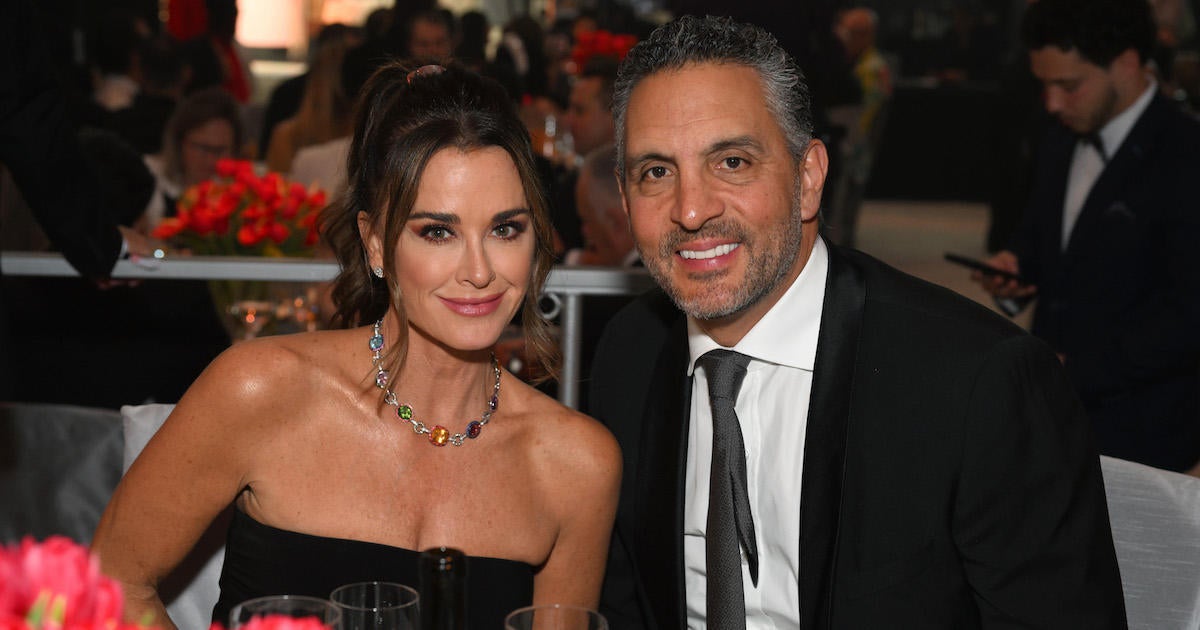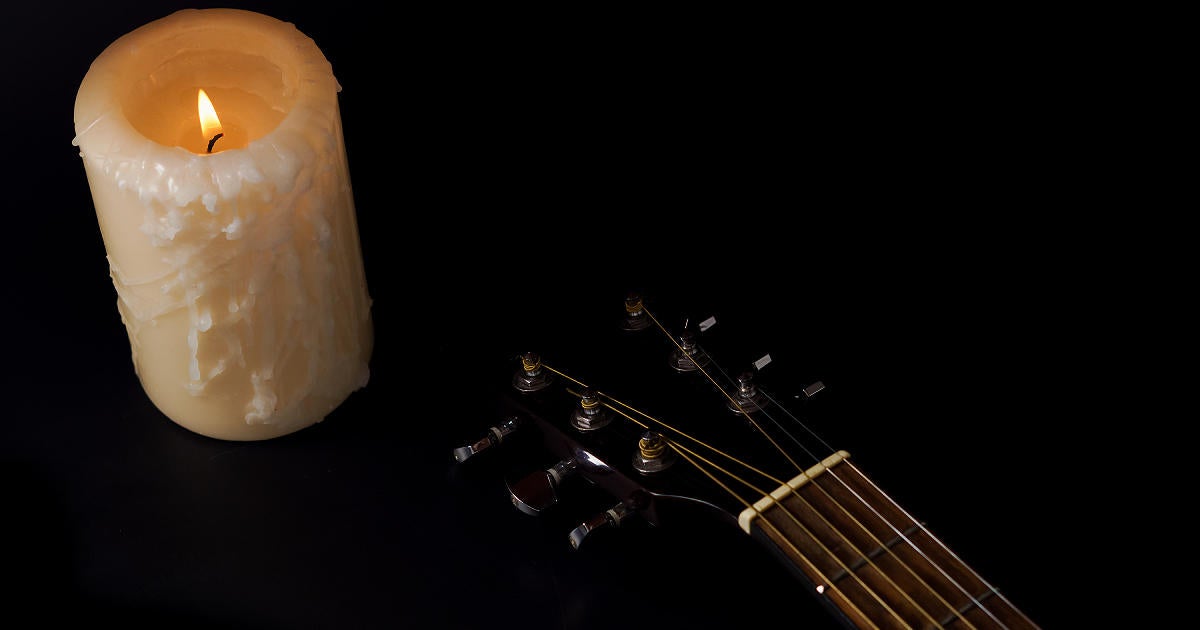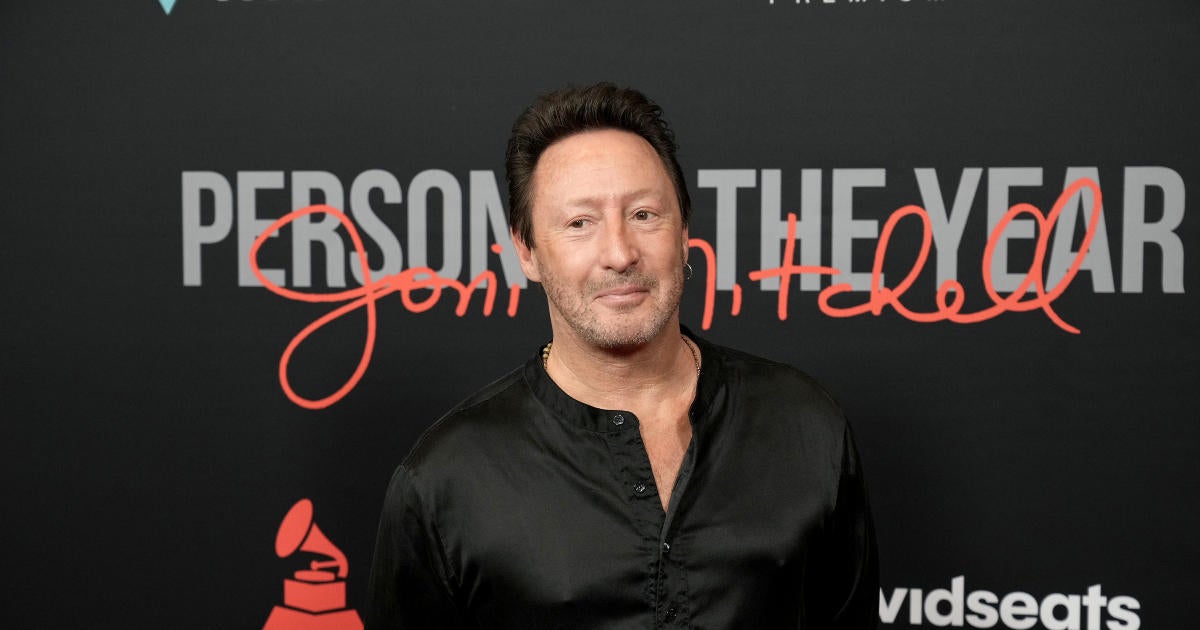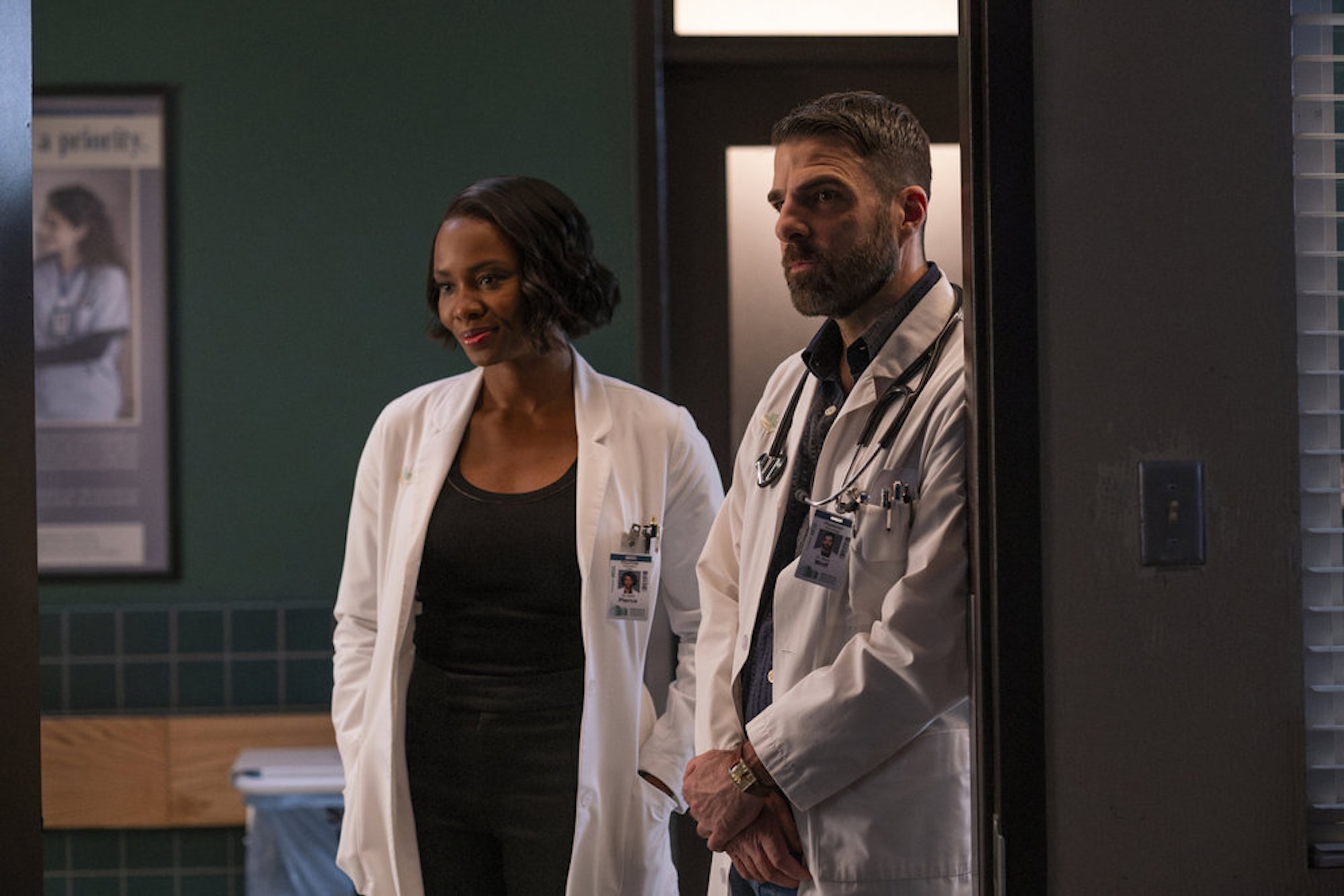The Aftermath of Woodstock ’99
Editor’s note, September 19, 2024: This piece was originally published on August 27, 2019, when the eighth episode of Break Stuff: The Story of Woodstock ’99 was released. To mark the recent 25th anniversary of the festival, The Ringer is resurfacing Break Stuff on its own dedicated Spotify feed.
In 1999, a music festival in upstate New York became a social experiment. There were riots, looting, and numerous assaults, all set to a soundtrack of the era’s most aggressive rock bands. Incredibly, this was the third iteration of Woodstock, a festival originally known for peace, love, and hippie idealism. But Woodstock ’99 revealed some hard truths behind the myths of the 1960s and the danger that nostalgia can engender.
Break Stuff, an eight-part documentary podcast series now available on Spotify, investigates what went wrong at Woodstock ’99 and the legacy of the event as host Steven Hyden interviews promoters, attendees, journalists, and musicians. We’ve already explored whether Limp Bizkit was to blame for the chaos, how the story of the original Woodstock is mostly a myth, how the host town prepared for the festival, how the first night of Woodstock ’99 set the stage for what was to come, what the human toll of the festival was, the sexual violence that occurred, and the riots that people remember the festival for. In the last episode of the series, we’ll sift through the festival’s wreckage.
Below is an excerpt from the eighth episode of Break Stuff. Find the series here.
After Woodstock ’99, the festival was perfect fodder for comedy programs like The Daily Show. Beth Littleford spoofed the festival on Jon Stewart’s show in 1999.
“It seemed crazy this weekend with the fires and 200,00 people. What’s it actually been like?” Stewart asks Beth Littleford.
“Jon, this has been the most amazing experience of my life,” she responds. “A lot of people have been talking about these fires, but it’s so much more than that. There’s also violence. And looting. I got this $50 T-shirt for absolutely nothing. Oh, and I got you a Jewel hat. You know, for some reason, no one else was taking those.”
But what’s most striking when revisiting the real-time reaction to Woodstock ’99 is how slowly information moved back then. Most people didn’t have cell phones. They couldn’t take photos of the mud people or send worried texts to friends as the riots unfolded. The internet existed back then, but there was no social media.
The sort of real-time reporting that occurred during the collapse of the Fyre Festival—which turned schadenfreude over the festival’s demise into a worldwide viral event—wasn’t possible during Woodstock ’99. The full extent of how bad it was wouldn’t become known for days, weeks, even months after the festival.
“Internet was in its infancy,” says Jonathan Davis, lead singer of Korn. “Everybody didn’t have their face stuck in their fucking phone, watching it through their phone. People were more relatable. They weren’t so fucking vain, worrying about their Instagram fucking photos. It was just, like, a fucking good time.”
Others, however, wonder whether modern technology would have prevented some of the bad things that happened at Woodstock ’99.
“I highly doubt anything like this would ever happen today,” says journalist Maureen Callahan. “It wouldn’t happen in the iPhone era. It wouldn’t happen in the internet era where everyone has a camera in their pocket.”
Callahan wrote about the festival for Spin magazine. She hints at what has become an accepted truth in the modern era: We are always being watched. If you step out of line in public, all it takes to become the next unwitting viral star is for someone to catch your bad behavior on camera. What if that sense of preemptive shame had existed in 1999?
“A Woodstock ’99 would never have gotten to that point or have gone on that long with an iota of these things taking place,” she says. “Being live-streamed. And it almost feels antediluvian that something like this could have happened. It seems like it happened in a little bottle, and it wasn’t until Monday morning that the world really saw the devastation and the wreckage.”
As a picture of what went wrong at the festival emerged, the media made Woodstock ’99 a cultural bellwether. It was seen as an end-of-an-era moment similar to what Altamont signified at the end of the ’60s. Back in 1969, Altamont was viewed as the dark underbelly of the Woodstock dream, a reality check suggesting that American youth culture wasn’t so enamored of peace and love after all.
With Woodstock ’99, many wondered whether the progressivism that marked mainstream rock in the early ’90s was a mirage. Was the violence and machismo of Woodstock ’99 the true sign of where we were at as a culture?
“It’s so interesting that it was 1999, in a way putting the punctuation point on the end of the decade, pop culturally,” Callahan says. “It’s interesting especially to look back now at this moment when we’re into Time’s Up and #MeToo and the unmasking of Harvey Weinstein. And it’s a similar feeling, like the mask has been ripped off a bit. And it’s sad and it’s scary, but I think that’s what makes revisiting Woodstock ’99 important today.”
Even when Generation X had its own screwup, baby boomers still found a way to call back to their generational touchstones. In the aftermath of any well-publicized fiasco, insightful commentary always commingles with a fair amount of hot air. It was easy to look at video of the riots at Woodstock ’99 and overreact, and paint an entire generation with a broad brush.
Looking back, some of the people who were there are reluctant to attach any greater meaning to the festival.
“Things can go wrong very quickly, and just a few wrong decisions in a row can make a good thing into a bad thing,” says then–MTV host Dave Holmes. “And I don’t think that has anything to do with an 18-year-old in 1999 versus an 18-year-old in 1969.”
Holmes rejects the notion that Woodstock ’99 has any larger cultural significance for Generation X.
“I don’t know that it says anything specific about the disaffected youth of the late 20th century,” he says. “I think it was just a shitty festival.”
It’s normal for there to be conflicting impulses when assessing something as strange and senseless as Woodstock ’99. Do we try to learn from this or put it behind us? Is there any value in revisiting it or do you just end up wallowing in a big, disgusting mess?
One person who seems a little bemused by the interest in Woodstock ’99 is John Scher, one of the promoters. He’s been thinking about the festival more lately than he has in years. He told me in the spring that his phone was ringing off the hook with calls from reporters wanting to talk about Woodstock. Those calls were provoked by the troubled launch of Woodstock 50, overseen by his former collaborator Michael Lang.
Scher doesn’t seem to have any regrets regarding the festival, save one: He wishes he hadn’t booked so many hard rock acts on Saturday—the night with Limp Bizkit, Metallica, and Rage Against the Machine––that many people mistakenly believe was the night of the riots.
MTV interviewed at least one attendee who felt the aggressive music on stage fueled the aggressive behavior in the audience:
“They can’t have Limp Bizkit and then they come out and say, ‘All right, the crowd’s gotta calm down.’ And then they have Rage Against the Machine come out. ‘All right, you guys gotta calm down.’ And then Metallica come out? You can’t do that, there’s too many crazy people around here on drugs.”
But Scher also believes that the media overstated how aggressive the music was at the festival.
“Most of it was mellow,” he says. “We had a lot of mellow acts there. And a lot and a lot of diversity.
“We tried really hard with Michael Lang to book a festival as we did in ’94, that was artistically similar to ’69: a lot of different kinds of acts. ’69, you had everybody from Joan Baez to hard rock acts. And we tried to replicate it, and I think we did. If you look at the acts on paper, it’s extraordinary. It’s extraordinary. I mean, you can’t paint this festival with one brush. There’s a lot going on.”
Unfortunately for Scher, Woodstock ’99 didn’t happen on paper. It happened at an Air Force Base that was trashed by rioters.
The months after the festival were an intense period for the promoters. Their hope of making millions from the festival—aided by a soundtrack album and film—had literally gone up in smoke. In the media, they were pilloried as greedy hucksters who created an environment that engendered so much violence.
:no_upscale()/cdn.vox-cdn.com/uploads/chorus_asset/file/19121987/GettyImages_539724326.jpg)
Sygma via Getty Images
John Scher’s criticism of the media always seemed to center on one person: Kurt Loder.
Do you remember Kurt Loder? He was like the Walter Cronkite of MTV. A serious music journalist amid a field of video jockeys. So cool. So dryly witty. I worshipped him as a kid. Scher, however, is not a fan.
“He saw an opportunity to sensationalize it––and there were unquestionably a couple of hairy moments,” he says. “The first hairy moments were on Saturday, not on Sunday, when Limp Bizkit and their moron lead singer really tried to cause trouble. Badly tried to cause trouble. And while that certainly was newsworthy, again, nobody got hurt or at least not very many people got hurt.
“And he spent from that time through Sunday trying to sensationalize that. Getting headlines, then being there with cameras and being able to pick and choose what they wanted to put on the air.”
Loder declined interview requests for this podcast. In spite of that, I’ll always love you, Kurt.
However, Holmes denies that the music channel had a vendetta against the festival.
“I was there and it was pretty ugly,” he says. “I think that what we did was report on what was going on pretty accurately. … I don’t think anybody really had any interest in shitting on it before it happened or while it was happening or even after. It was just dangerous and unsafe and poorly planned.”
As for Scher, he kept on being a big-time concert promoter after the festival. In fact, in 2000, the live-music trade publication Pollstar named him promoter of the year. That’s how quickly the industry moved on from Woodstock ’99.
Since then, Woodstock ’99 has been overshadowed by the Fyre Festival, which was immortalized by two documentaries in early 2019. Scher watched at least one of those, by the way.
“I haven’t seen the Hulu one yet, but I’ve seen the Netflix one,” Scher says. “And I watched it and I related to every single second and in the first maybe 20 minutes, half-hour I was saying to myself, ‘This guy’s pretty smart. He’s gonna pull this off.’ But then obviously he didn’t.”







